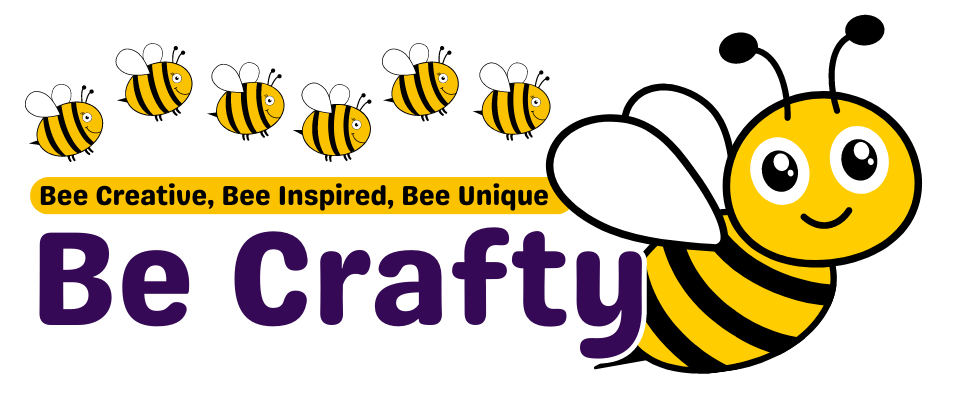Origami is the ancient Japanese art of paper folding, where "ori" means folding and "kami" means paper. This art form has evolved over many centuries from a ceremonial and religious practice to a popular hobby and craft activity worldwide. One of the essential elements of origami is the paper used for folding. The right kind of paper can make a significant difference in the outcome of your origami project.
There are several types of origami paper to choose from, depending on what you want to create. Each type has its characteristics, such as thickness, texture, size, and color.
Kami Paper
Kami is the most common type of origami paper. It is usually colored on one side and white on the other. This lightweight paper is easy to fold and holds creases well, making it suitable for beginners and for a wide range of models.
Tant Paper
Tant paper is a high-quality origami paper that comes in various colors. It is thicker than kami but still easy to fold. This paper has a slight texture, which adds an extra dimension to finished models.
Foil Paper
Foil paper is coated with a thin layer of metallic foil on one side and white on the other. It holds creases well and can be used to create more complex models. However, it can be challenging to work with because it marks easily.
Washi Paper
Washi paper is traditional Japanese paper made from fibers of the Gampi tree, the Mitsumata shrub, or the mulberry bush. It has a unique texture and strength that make it excellent for origami.
Rice Paper
Rice paper isn’t actually made from rice but from various plant materials like straw, bamboo, or mulberry. It’s thin yet robust, making it ideal for intricate folds and delicate designs.
Double-Sided Paper
This type of origami paper has different colors or patterns on each side. It’s perfect for models that show both sides of the paper.
In addition to choosing the right type of paper, you’ll also need some essential supplies for your origami projects:
Bone Folder
A bone folder is a tool used to crease paper. It’s especially useful when working with thick or textured papers that don’t crease easily by hand.
Paper Trimmer or Scissors
Most origami projects require square sheets of paper. A trimmer or scissors will ensure you have perfectly sized squares every time.
Origami Books or Diagrams
Whether you’re a beginner or an experienced folder, having a book or diagrams on hand can provide inspiration and guidance for your projects.
Protective Surface
It’s essential to have a flat, clean surface to work on when folding origami. A protective mat can also help prevent damage to your table or desk.
In conclusion, creating beautiful origami requires more than just folding skills; it also requires choosing the right type of paper and having the necessary supplies at hand. With these essentials in mind, you’ll be well-equipped to explore this fascinating art form further.


